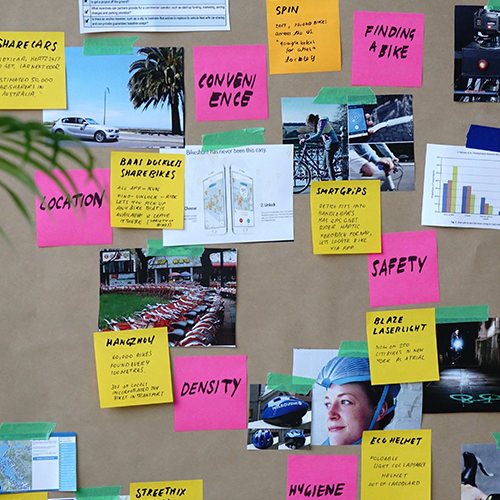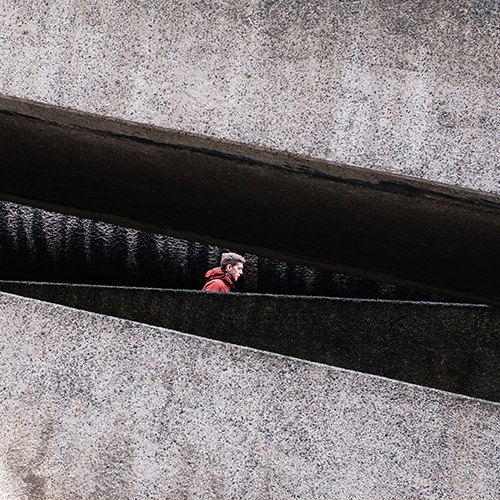On February 13th, we attended the annual event held by the Information Architecture Institute, “World Information Architecture Day (WIAD) Boston 2019”. This year’s theme of “Design for Difference” was the topic for WIAD celebrations that took place around the globe simultaneously, with help from volunteer coordinators (thank you, Alice Chiang for supporting the Boston planning!). We joined the many professionals in discussing how IA helps to organize and present data in ways that are impactful and delightful to users.
Introduction
Information Architecture (IA), as defined by the Institute of Information Architecture is the practice of deciding how to arrange the parts of something to be understandable. As they state, many people are curious about how IA is related to user experience (UX) design. UX designers practice IA every day; the two are closely connected. They put it simply by saying, IA is an important skill within UX and other disciplines, such as content strategy, technical writing, library science, and interaction design. As a practice, IA conveys information in a useful manner for everyone.
A Diversity of Experiences and Thought
The presentations were intentionally prepared to be more conversational and inviting to professionals and enthusiasts alike. With the open format of panel discussions, Q+A sessions, and slideshows, the mixed format catered to the unique experiences of the speakers. The different presentation styles helped reinforce the point that although we may all be involved in IA as designers, there are always different ways of exploring and sharing information.
Mahima Pushkarna, a UX Designer from Google AI, did a presentation titled, “Through the Looking Glass” which encouraged the crowd to revisit the traditional user-centered design thinking process in exchange for a more product-centric one. She was looking to solve for numerous user goals but wasn’t sure how the product would support those goals. So instead of continuing down a user-centered method, she used assumption mapping to think about different product features and strengthen this process. Then, from the new feature set she uncovered, her team was able to sort the new features to more accurate user groups. Her process served as a poignant reminder that there are other ways to think through solving a user problem, even if that means looking at solving user problems through the product perspective. Designers should always remember their roles as advocates for the users and their impact on the product.
Sometimes, it isn’t the IA of a product or something designed that needs to be revisited. Alba Villamil’s “Designing for Culture” talk explored how one of her research projects needed to be focused on people. She wanted to help a school learn why there were differences in levels of parent engagement at school events amongst the various cultural populations of that area. Her role as the researcher meant exploring different perspectives of the problem that the data indicated that most parents shared similar demographic backgrounds and should probably act the same. Upon further review through human-centered design research, she was able to uncover cultural differences in what roles parents play when it comes to interacting with teachers. After learning about the differences in people’s behaviors, the process of changing school activities and services could begin.
Awareness of Different Perspectives
Heather O’Neil and Dan Klyn presented spectacular examples of different perspectives based on their discipline and approach to curiosity. O’Neil shared a presentation around the invaluable insights gained from having diversity within the design team. Klyn shared the contrarian approach that collaboration could be more of a hindrance to creating a product that he himself would want to use. His presentation focused on acknowledging that there is no average user, and to instead focus on making work that would bring value to you as a design expert.
Their differences made for a very welcomed Q+A which showed that even though the two had very different reasons to follow their respective methods for their clients, they joined the other speakers in agreeing that their work should have a positive design impact on the lives of people who would use it. At their cores, they had shown how “Design for Difference” could be interpreted very differently by those working to provide a service to the world through the effectiveness of design and IA.
Abi Jones, a design researcher from Google AI, presented on Worst Case Scenarios. She asked the audience to look at the other side of the product as the user. For instance, security cameras are great for us if we buy them for our protection. But what if we were trying to steal from a jewelry store with security cameras installed? What would be our biggest pain-points around the security cameras? This could lead to innovations and ideas that we would never have thought of had we only considered who the security cameras were benefiting.
“Get Innocent”
In order to “Design for Difference,” one must become innocent (and curious) to truly understand the problem. Richard Saul Wurman, founder of TED Talks, could not stop himself from reiterating the importance of getting innocent and asking the most basic questions. This meant not being embarrassed to acknowledge that one doesn’t know something. His entire life has been spent “embracing ignorance,” as he put it. Richard used this point of view to design and create solutions to problems he found for himself. For instance, he wondered how he could make a panel that explained everything so well that the audience didn’t have to ask questions at the end. This lead to the birth of TED Talks.
IA is about presenting this information in a usable fashion – in a way that is going to be some benefit – whether that’s for yourself because you noticed a gap or because you noticed it was missing from someone else’s experience. David Gallo, a world-renowned oceanographer, spoke about how his experiences as a TED presenter opened up a dialog about life in the previously unexplored deep oceans. He spoke about the value in asking questions that may challenge what your audience accepts as fact by taking them on along on the journey through storytelling. He was able to communicate how useful it was to share the value of his work that encouraged others to learn more and revise the textbooks written about what happens beneath our oceans. Moshe Safdie also shared his approach of metaphorically placing himself into the spaces he was designing. As an architect, he was able to see how they would actually be lived in. Their conversations connected how they use their insights to create a better understanding of the world we share, for better or worse. Throughout their careers, it seemed that they never lost their sense of curiosity.
Parting Thoughts
Attending WIAD is beneficial in broadening your perspectives and understanding of how other IAs are working in this field. If one diversifies their experiences of thought, becomes aware of different perspectives, and gets innocent then they practicing like a champion of IA. We would like to thank the Institute of Information Architecture for holding this event every year and always catering to a plethora of different perspectives.



